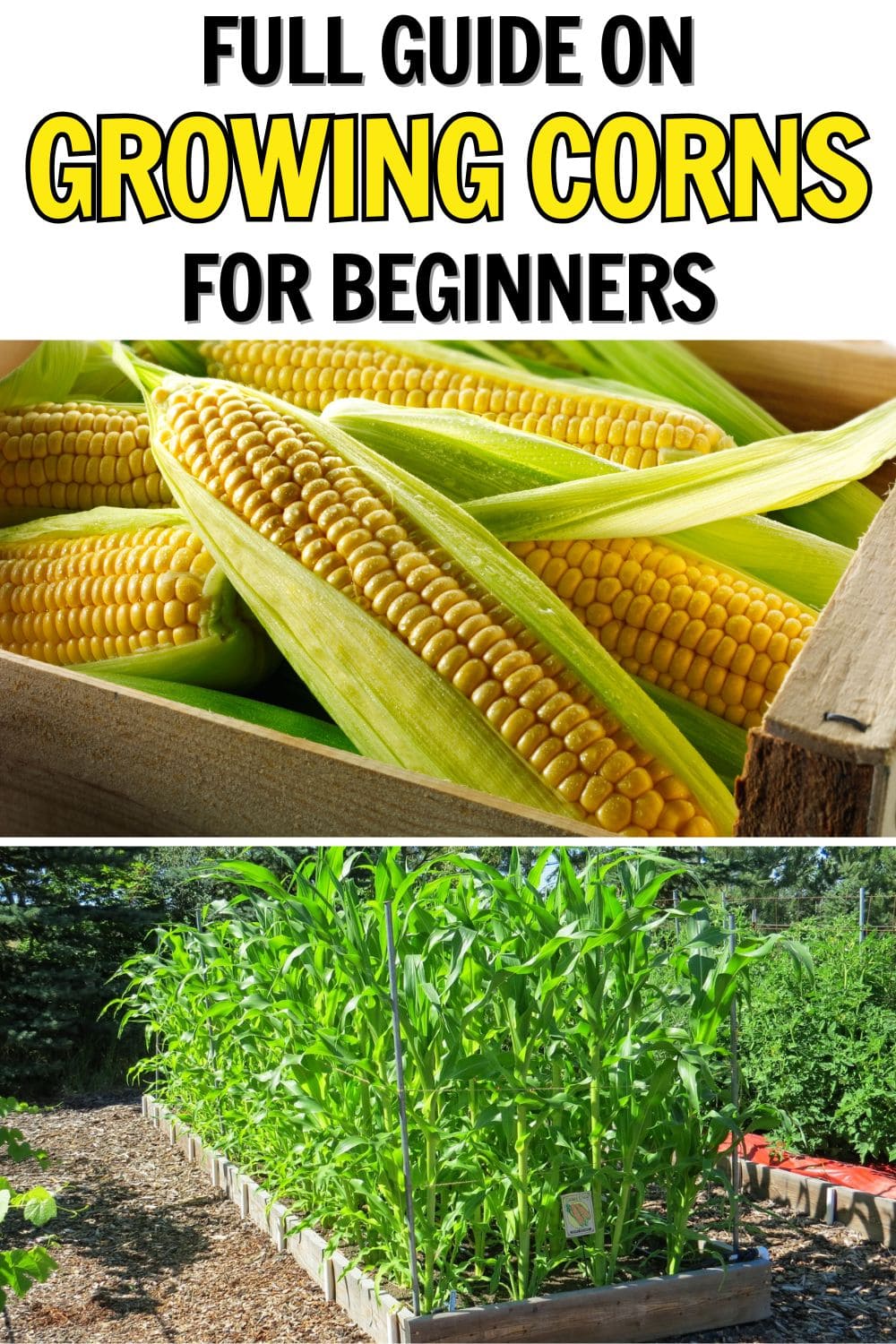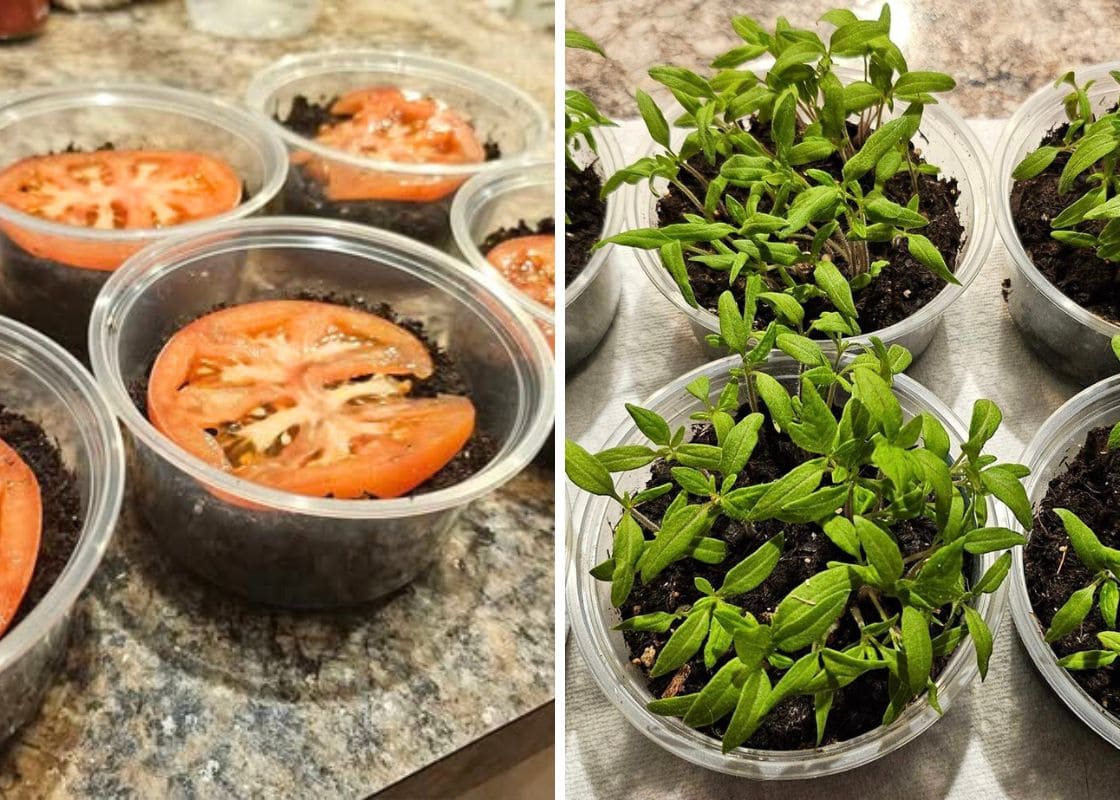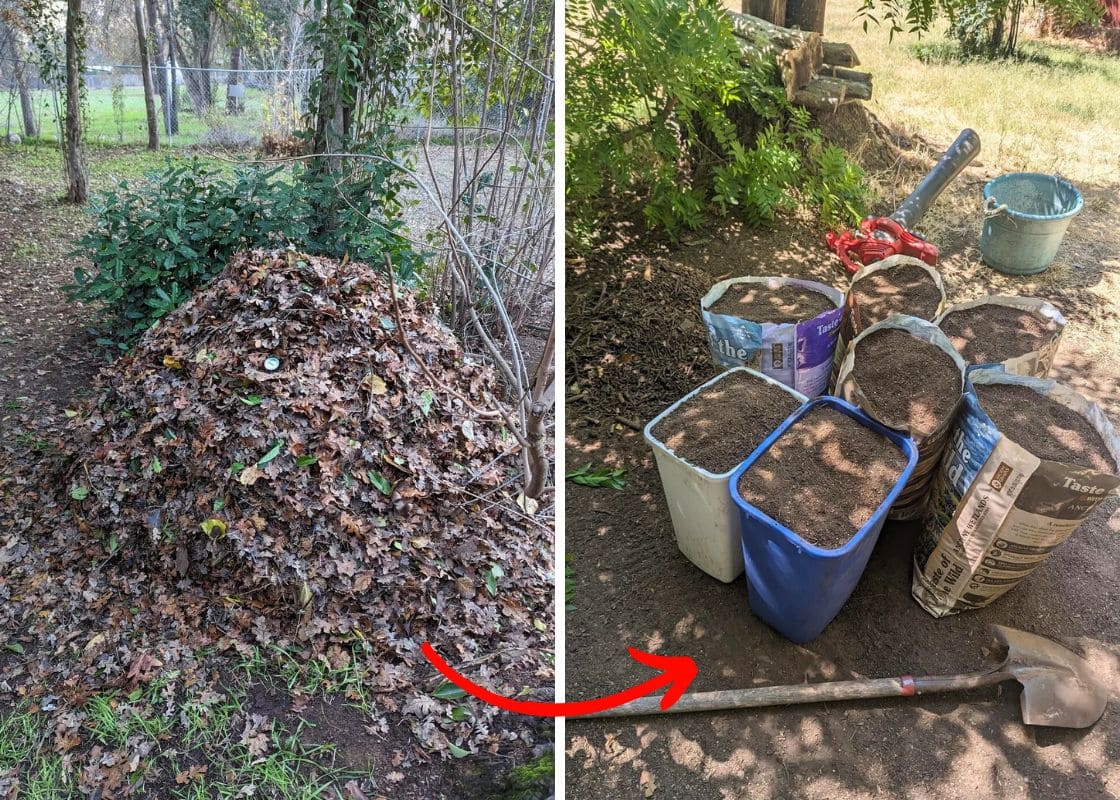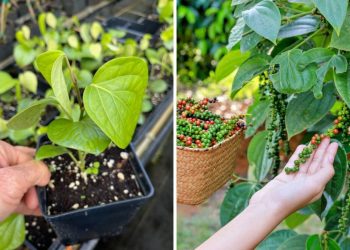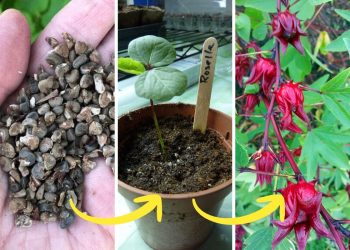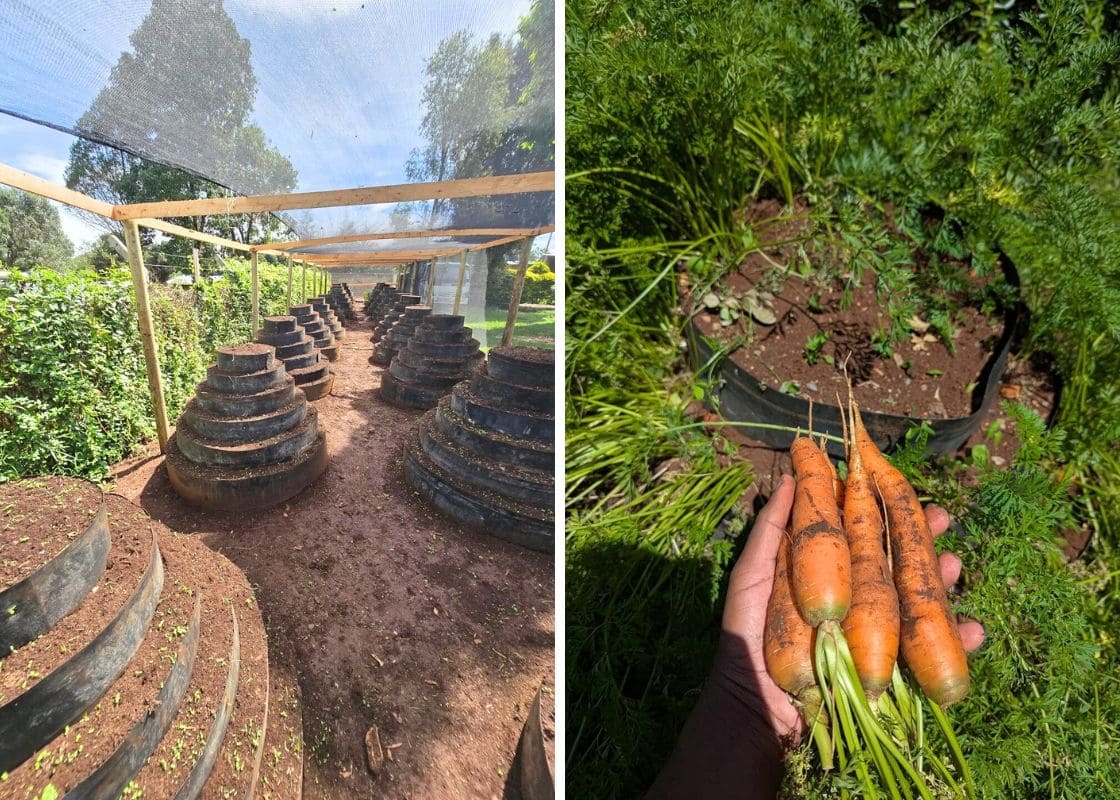I still remember the first time I grew corn. I had no idea what I was doing, just a handful of seeds, a patch of soil, and big summer hopes.
A few weeks later, green shoots broke through the dirt, and by mid-season, those stalks were taller than me, their tassels dancing like streamers in the breeze.
But it’s not a lazy crop. Corn asks a lot: sun, space, good soil, and just the right amount of water.
Meet its needs, though, and it gives you something incredible, ears so fresh and sweet you’ll wonder why you ever bought them at the store.
Choose the Right Corn Variety for Your Garden
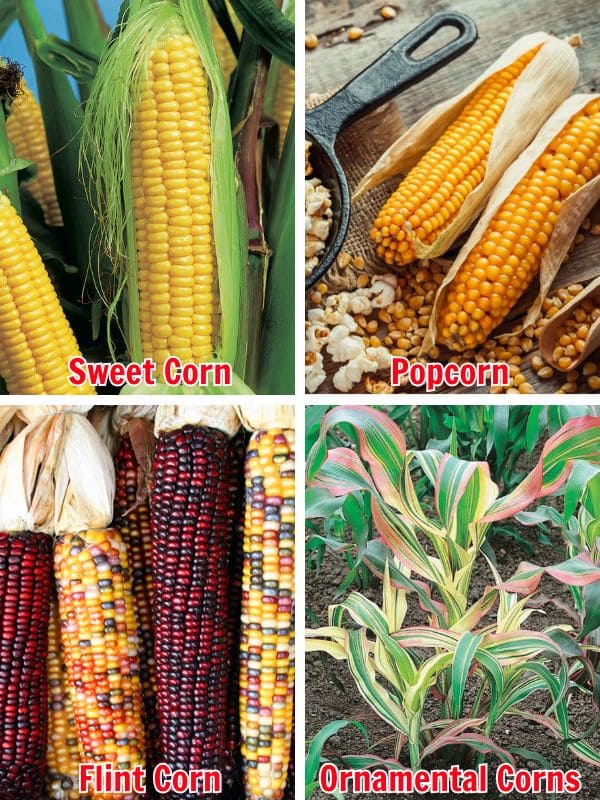
You’ve got options such as sweet corn, popcorn, flint corn, and even ornamental varieties.
For eating fresh, go with sweet corn and within that, choose between su (standard sweet), se (sugar enhanced), and sh2 (super sweet).
If you’re in a cooler zone, pick early-maturing varieties like ‘Early Sunglow’ or ‘Peaches and Cream.’ Warmer climates can try later, longer-season options like ‘Silver Queen.’
Start with Soil Corn Loves
This crop is a heavy feeder. Corn roots thrive in loamy, well-drained soil with high organic matter. Aim for a slightly acidic to neutral pH, around 6.0 to 6.8 is ideal.
Before planting, you can mix compost or aged manure deep into the bed. A nitrogen-heavy starter fertilizer can also give young corn a strong jumpstart.
Plant Corns at the Right Time
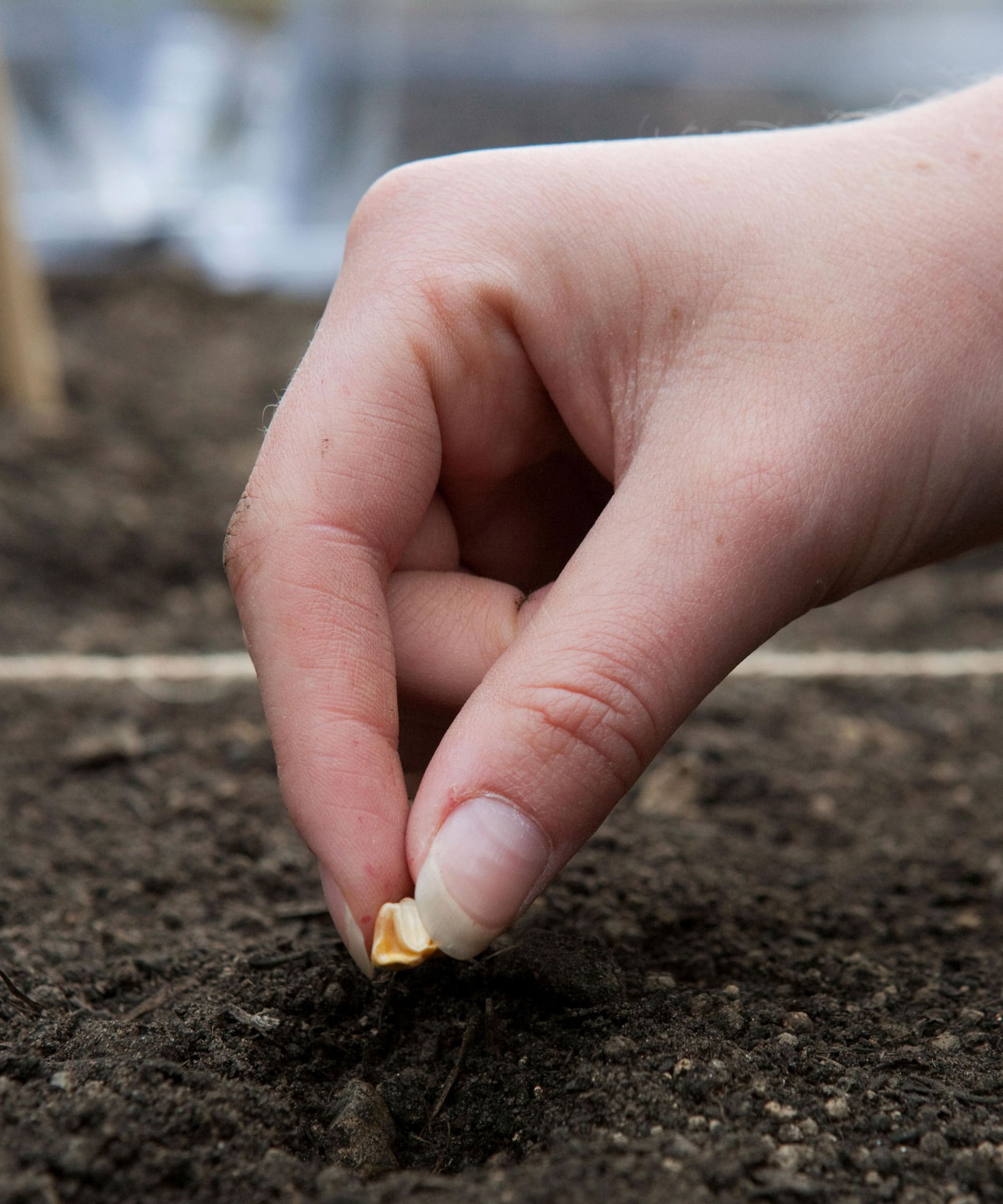
Wait until soil temps consistently hit 60°F (70°F for supersweet types). Corn needs warmth to germinate well.
You now sow seeds 1-1.5 inches deep and space them about 8-10 inches apart in rows 30-36 inches apart.
But here’s the trick, you should plant corn in blocks, not single rows. This boosts pollination, which is vital since each kernel must be pollinated to form a full cob.
Water Corn Plants Deep And Stay Consistent
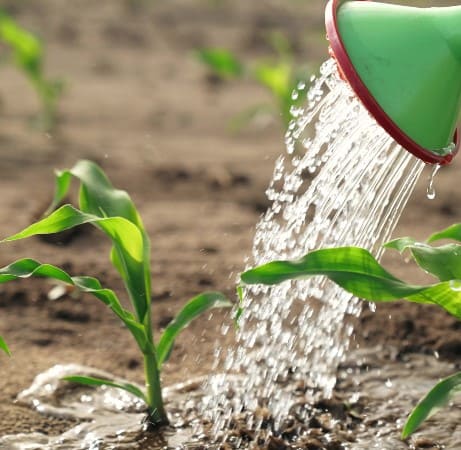
Corn’s roots dive deep. Therefore, you give it 1-1.5 inches of water weekly, more during dry spells or as tassels emerge.
Never let the soil dry out completely when ears are forming. A deep weekly soak is better than shallow, frequent watering.
Feed as Corn Grows

You should apply a side-dressing of nitrogen when plants are about knee-high, then again when tassels appear.
Fish emulsion, blood meal, or compost tea can work if you prefer organic feeding. Keep an eye out for pale leaves that’s a cry for more nitrogen.
Watch Out for Common Corn Pests
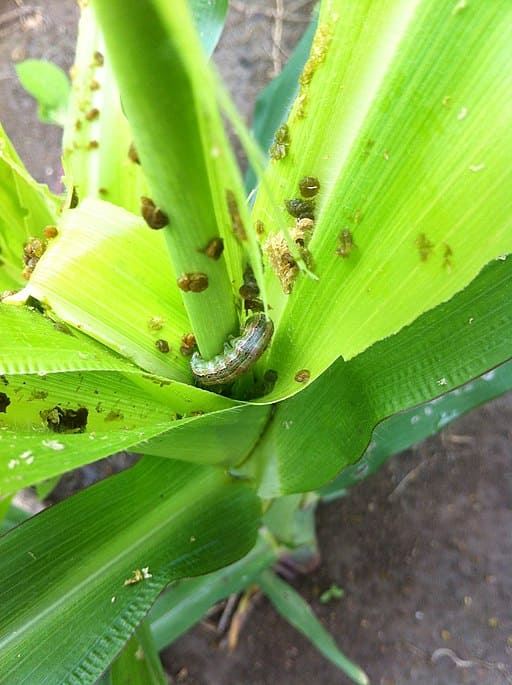
Corn earworms, cutworms, and aphids love corn. So, you can add a few drops of vegetable oil to each silk once they brown to keep earworms away.
You can also handpick visible pests early in the morning. Companion planting with dill, calendula, or nasturtium can also help deter bugs naturally.
Support Pollination for Full Ears
Corn is wind-pollinated, so timing and proximity matter. You can gently shake stalks once tassels release pollen to help it fall onto the silks.
Besides, avoid overcrowding and ensure airflow between plants. In dry climates, a morning misting can improve pollen viability.
When and How to Harvest Corns
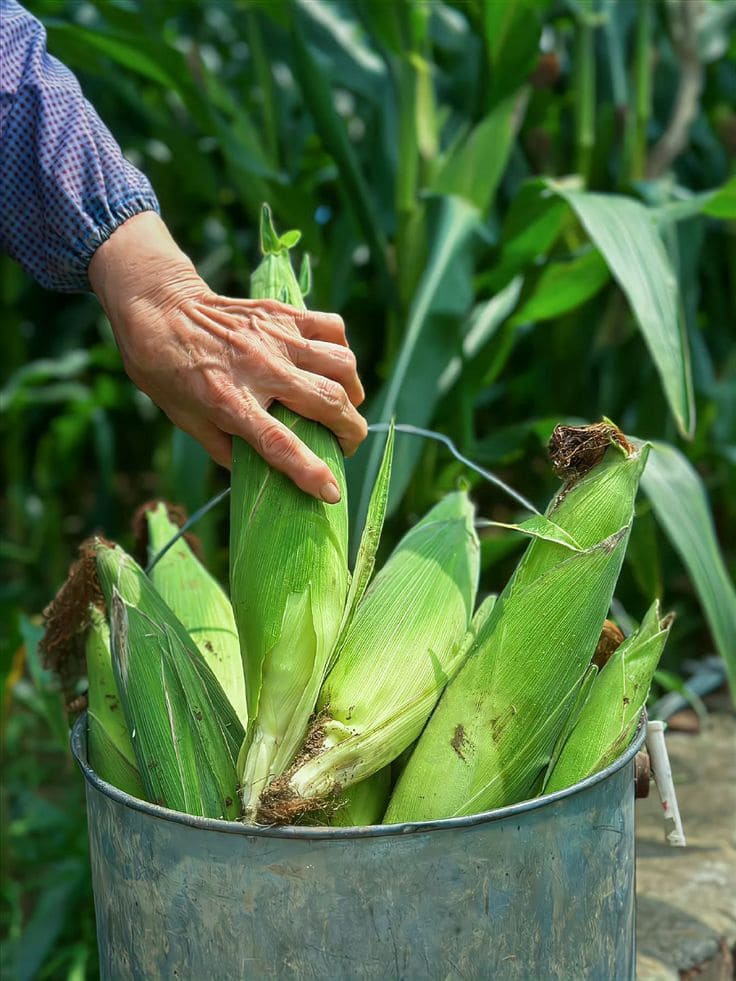
Sweet corn is ready about 18-24 days after the silks appear. Check the husks if they’re plump and green with dry brown silks, it’s time.
Gently peel back a bit of husk and pierce a kernel. If the juice is milky, harvest immediately. Clear juice means it’s too early; no juice means you waited too long.
In addition, twist the ears downward sharply to snap them off. You eat or refrigerate sweet corn ASAP as its sugars turn to starch quickly after harvest.
Extra Tips to Boost Your Corn Plants
Interplanting with pole beans is a classic companion strategy as beans naturally fix nitrogen into the soil, which helps fuel corn’s rapid growth. Just be careful not to let the vines shade your corn too early; young stalks need full sun to get going strong.
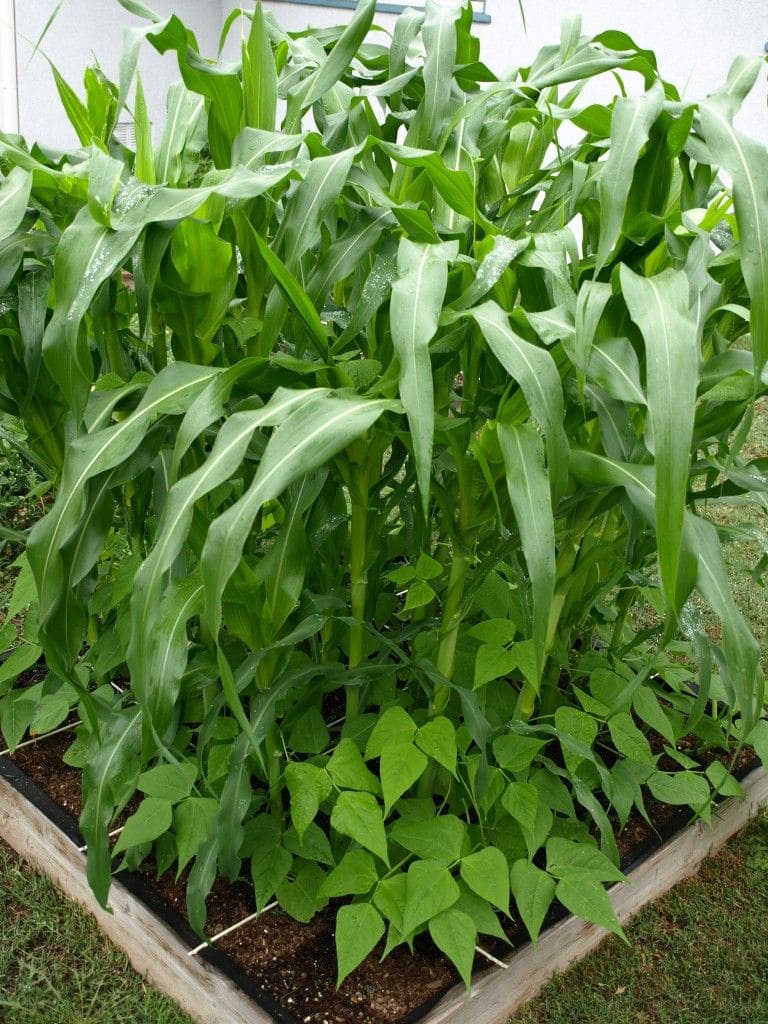
Besides, laying down straw or dried grass can make a world of difference, especially in the heat of summer. It locks in moisture, keeps weeds in check, and helps the soil stay cool and steady.
Steer clear of wood chips, though as they tend to soak up nitrogen, which your corn desperately needs to thrive.
You can also try planting a Three Sisters garden, a traditional method that teams corn with squash and beans.
The corn shoots up tall, giving the beans something to climb. Meanwhile, the squash sprawls low, covering the ground with big leaves that crowd out weeds and keep the soil shaded and damp.
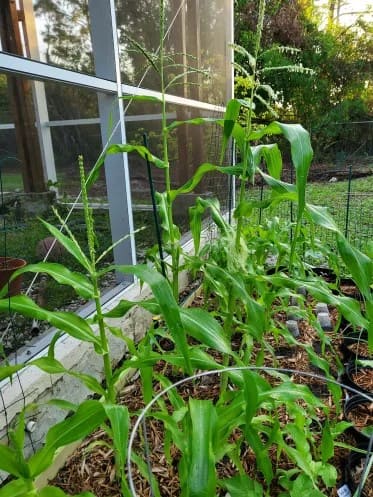
And here’s a small but important detail that often gets overlooked: wind direction. Corn can grow tall and dense, which means it can cast a pretty heavy shadow.
So plant it along the north side of your garden bed to keep it from shading out your smaller, sun-hungry crops.
FAQs
Why are my ears of corn underdeveloped?
Poor pollination is usually the culprit. You should replant in tighter blocks or manually shake the tassels daily when in bloom.
What’s the best organic solution for corn earworms?
Besides using a drop of vegetable oil on each silk tip, spraying with BT (Bacillus thuringiensis) can control larvae without harming pollinators.
Is it okay to grow corn in containers?
It’s possible but challenging. You consider using a 24-inch deep container per plant and brace them well. They need more frequent watering and support for wind.
